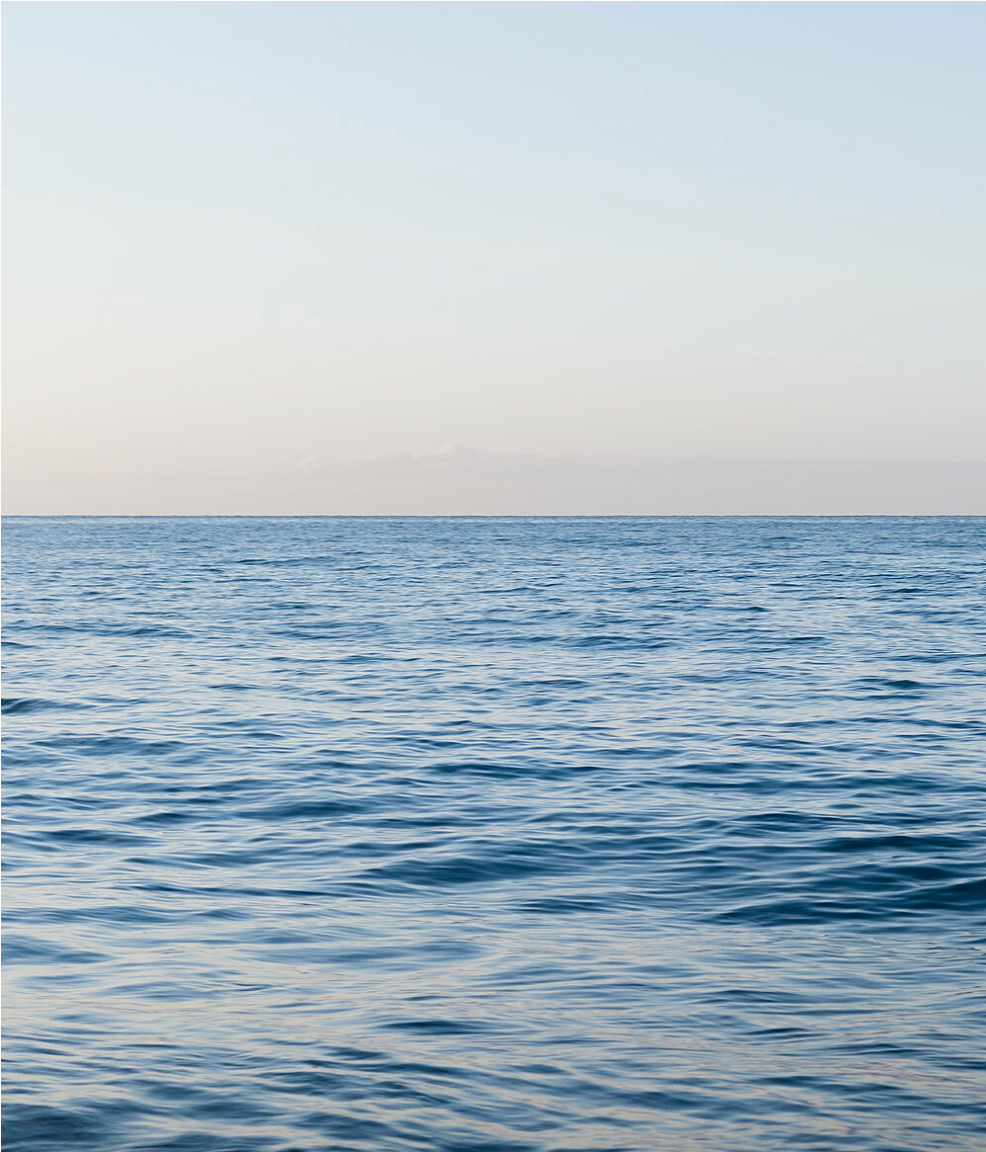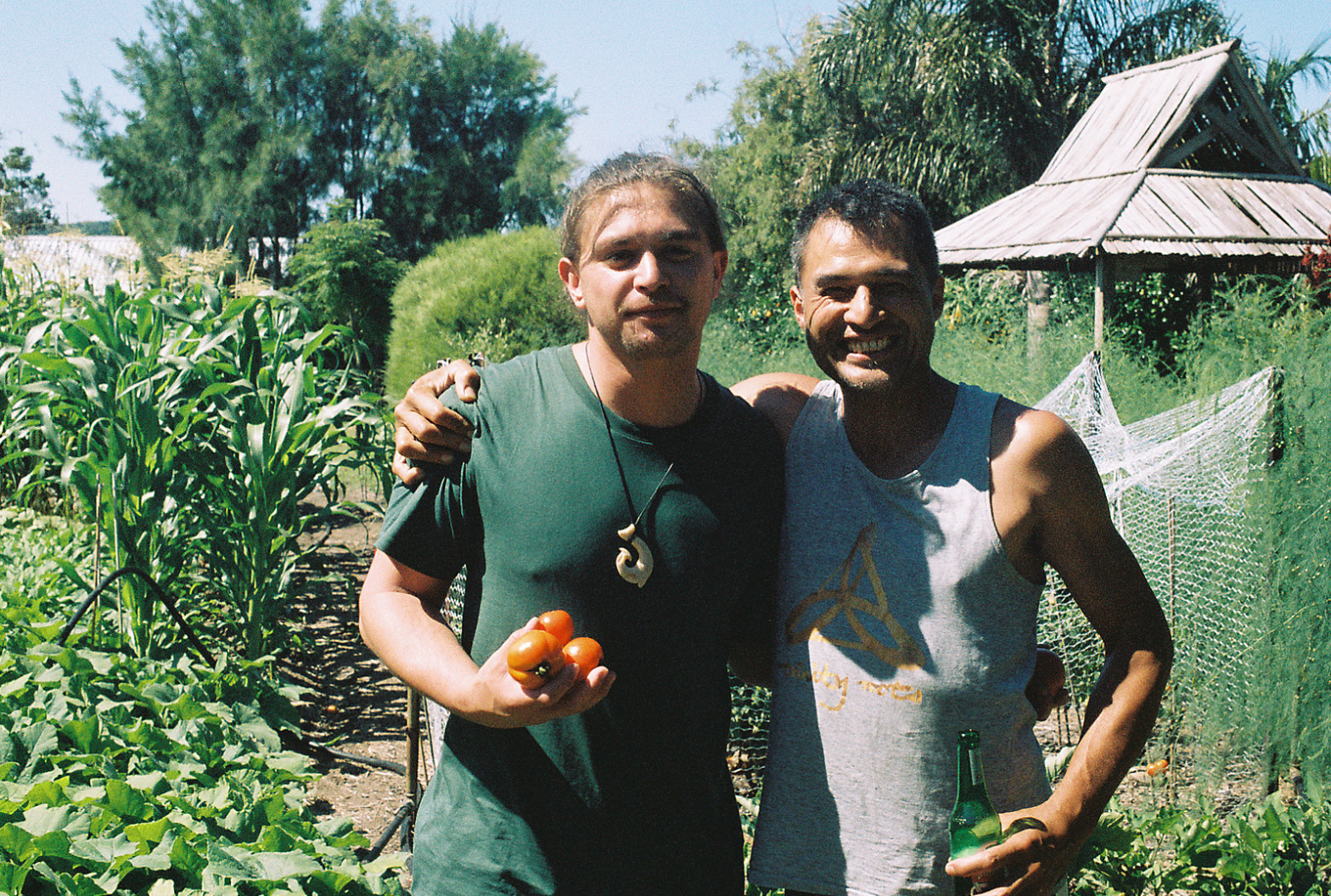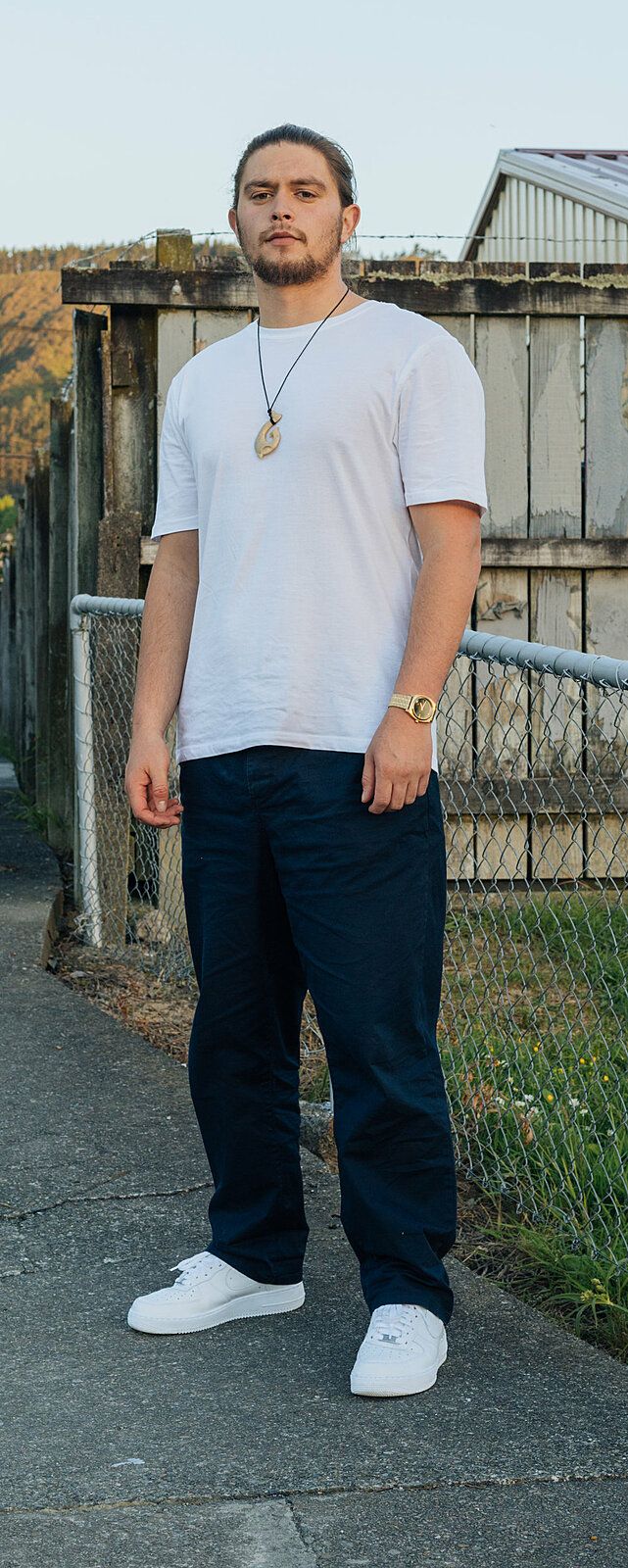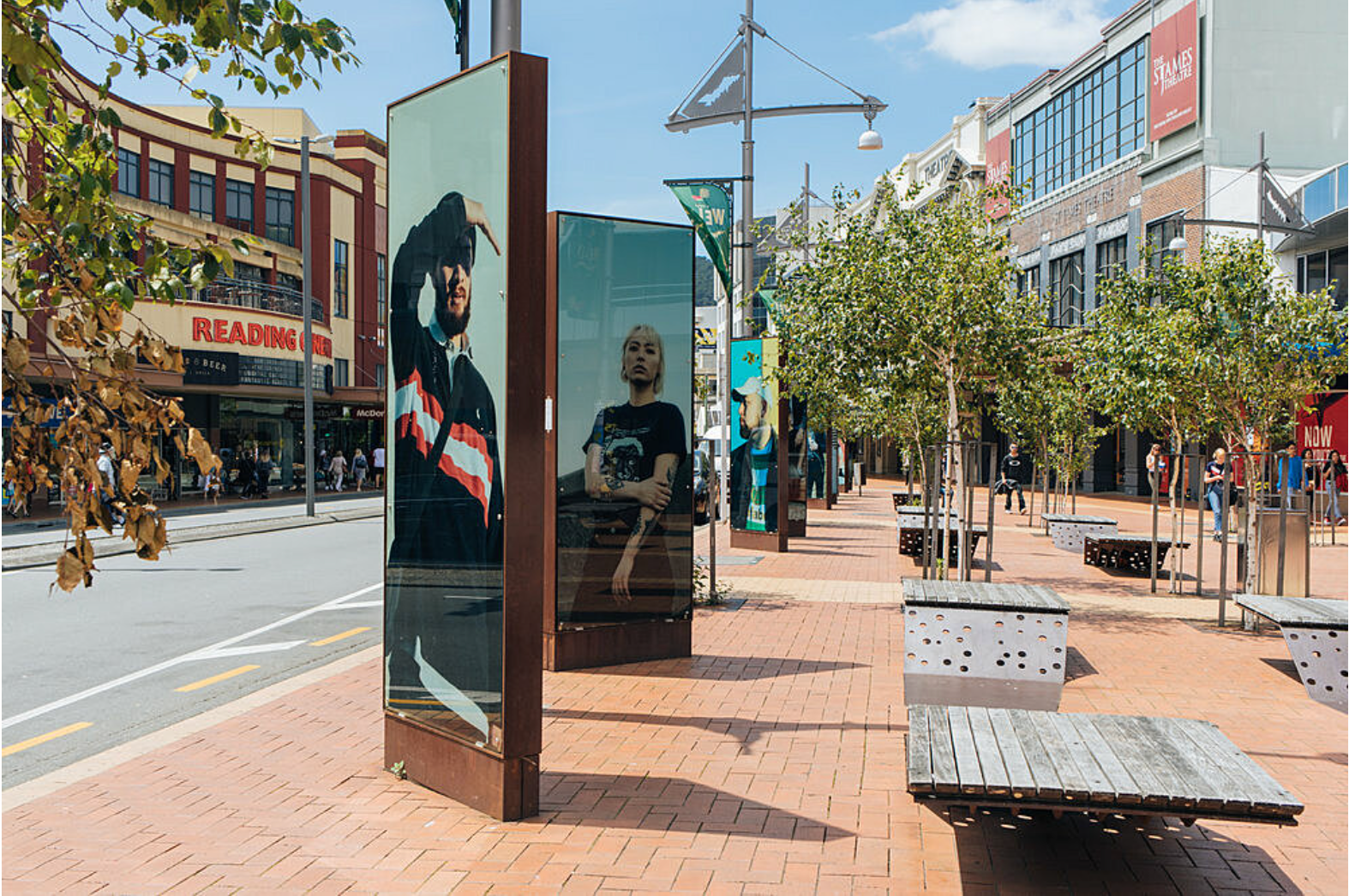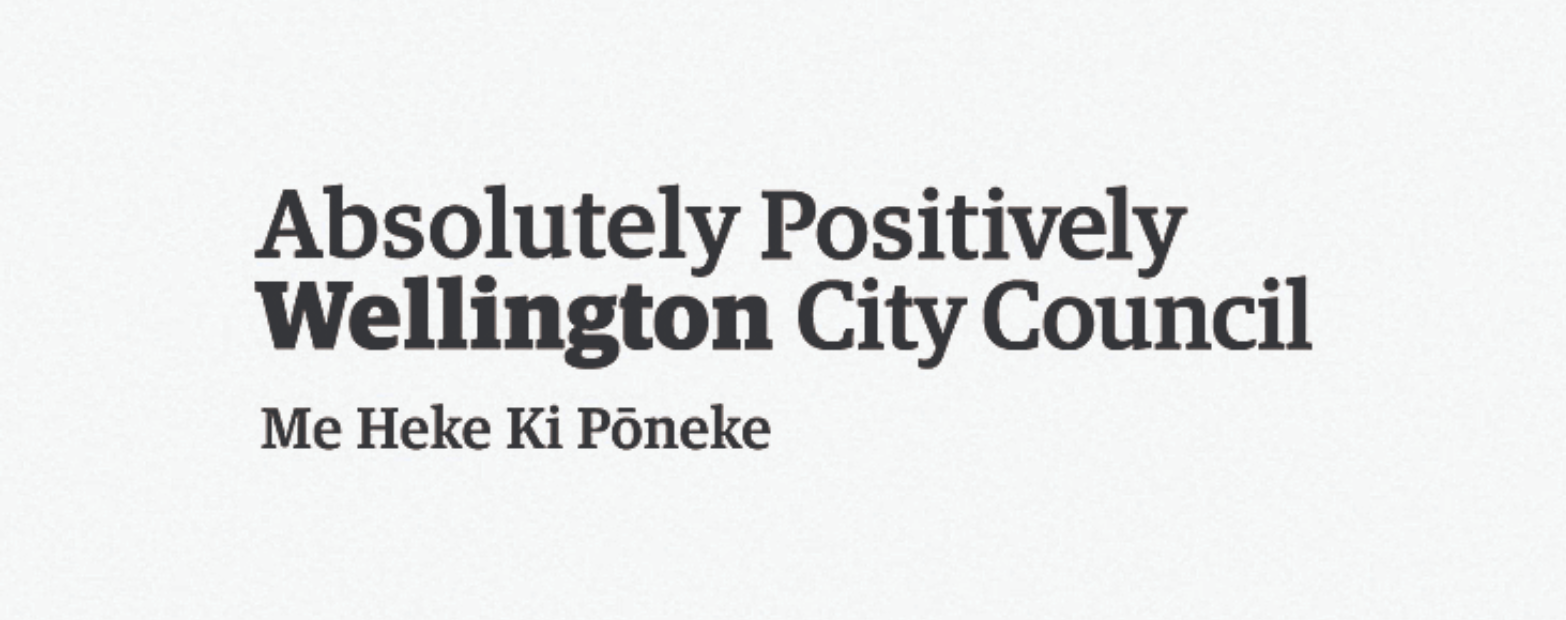Taura Here, Immigrant Māori: On Chevron Hassett's Art and Ātea
James Tapsell-Kururangi explores the themes within the work of Chevron Hassett, of whānau, whenua, whakapapa and finding connections in cities, and across oceans.
James Tapsell-Kururangi explores the themes within the work of Chevron Hassett, of whānau, whenua, whakapapa and finding connections in cities, and across oceans.
They say we dive
straight off the edge
of Cape Reinga and into
the point where the sky
hangs so heavy with spirits
that it touches the sea.
Other people say
that is where we were
before we came here
by waka, or whale, or perhaps
that was where we were
before anything at all
From ‘Hawaiiki’ by Tayi Tibble
This text developed out of an ātea of not knowing, taking hold of that not knowing, of my loss of reo and active relearning of our mātauranga Māori. Of doing so so that I could discuss the ideologies artist Chevron Hassett (Ngāti Porou, Rongomaiwahine, Ngāti Kahungunu, Pākehā) works with. Chevron had asked me to write about his exhibition, A Place TŪ Be (2018) in the lightboxes on Courtenay Place, and we chatted about finding a way to bring that together, alongside a discussion on Māori identity, with this year’s Te Matatini. We went along to the celebrations at the stadium here in Te Whanganui-a-Tara and were overwhelmed, walking round and round the food stalls and into the main arena, I tripped out bro, because I was viewing the stage, all these Māori dressed in kākahu, but on this modern stage, the past | present | future visible. I see planes flying by. It explains a lot of what the urban Māori experience is…
Before attending, I was unaware that Te Matatini, although it is a space for Māori to perform, was also a platform to express contemporary issues Māori are working through. Importantly, it was also a strategic drive to revitalise te reo Māori. Reading over my cousin Paul Tapsell’s (Te Arawa) writing on the marae ātea – a ceremonial space I have taken for granted when attending tangi – and Māori identity, I am humbled, and appreciate the power of the space that Chevron is invoking at Courtenay Place: an idea which has migrated from distant homelands, a space for learning, a place to learn a little about who we are today – Māori in this contemporary urban landscape. In using the term ‘contemporary’ here, I am responding to Christina Barton’s temporal discourse: “What does it mean to be in ‘the contemporary’? When does it begin and where will it end? What are the conditions and how do these manifest? And what role does art play to show what this looks or feels like?” Particularly in light of art history, the ontological question of what does it mean to be contemporary feels ever more pertinent.
…on this vast marae
that is the Pacific
we call home
from ‘Heritage’ by Vernice Wineera
Te Moana Nui a Kiwa, a boundless Oceanic ātea space, a fluid entity in which there is mobility between the vast sea of islands, known today as the Pacific. These are ideas that I have read from the works of both Alice Te Punga Somverville (Te Āti Awa) who considers Māori approaches to the Pacific Ocean, Te Moana Nui a Kiwa, and Epeli Hau’ofa (Tonga) who addresses the adverse physiological impact regionalisation can have on Pacific nations by tracing the etymology of each wave of colonisation through history. I feel at home when fully immersed in the ocean. I count eight sets of waves and forget who I am, taken over by the cold rush. Chevron and I are on our way round the coast and have stopped at his bro Chai’s place. On the banks of the Uawa, Chevron, Chai and I sit as the river’s current divides the region into Hauiti and Tolaga Bay. The sun has just passed by the zenith, midday on the East Coast of Aotearoa at Uawa, a small coastal township at Tolaga Bay. We sit just shy of the raupō in the summer’s heat.
Uawa is where the Tahitian high priest and navigator Tupaia painted the historic exchange between naturalist Joseph Banks and a Māori in 1769. Te Punga Somerville argues that the two-dimensional painterly scene, in which a crayfish held by a Māori man is exchanged for tapa cloth, depicts a moment where Māori were ‘reglued’ into the Pacific region: “...the moment Māori reconnected with the tapa, and indeed, the moment Tupaia chose to represent that scene with the new technology of European paint, Māori were reglued into the Pacific region.”
Chai’s gardens are filled with crops of kamokamo, tomatoes, corn and ripe fruit. Cool water wells up from deep in the ground, we fill a couple of bottles to take on our hike up Hikurangi. Chai’s property stretches from Hauiti Marae, across the waterlogged soil down to the river's edge. Regionalisation of ātea cartographically maps boundary lines across oceans, dividing iwi, who are stratified into subtribal rohe. And the moana has become known as the Southern Seas, Oceania, the South Pacific. Native identities morphose, descendants of Pacific Islanders known today in Aotearoa as Māori. Migration – be it the arrival of a new race of colonists sailing in on the Endeavour to Tolaga Bay, mapping their transit, or celestial bodies like Venus compartmentalising Te Moana Nui a Kiwa. Were we once Pacific? As Te Punga Somerville adds: "Native identity is usually associated with a particular place. But what if that place is the ocean?”
Historically rooted in the Pacific, the tribal marae has stayed intact for countless generations serving generations of kin communities in their ever-changing social, political, and economic contexts.
Walking back along the boardwalk toward Chai’s home, we are many miles away from Te Whanganui-a-Tara. In Uawa, there is nothing similar in the urban landscape to the glass-clad buildings that line Courtenay Place and its brick-paved footpaths. Although Wellington’s mana whenua once occupied the central business district 160 years prior to urbanisation, including Te Aro Pā which spanned two hectares, the city has paved over. I imagine that the gardens of Ngāti Mutunga and Ngāti Ruanui were once as plentiful as Chai’s at Hauiti.
Chevron and I have arms filled with vegetables and fruit to take around the winding roads past Tolaga Bay, Toko, Te Puia and Ruatoria. Over a feed of sausages, bread and beers, Chev gave Chai a kōauau ponga ihu, a small nose flute made from a gourd. Could native identity be a plentiful garden, an ātea to grow within in the contemporary world? Can we imagine an Indigenous ātea, perhaps a fluidic vast ātea like Te Moana Nui a Kiwa? Or rather a city street like the historic grounds of Te Aro Pā? Moreover, could it be a space to perform our rituals between manuhiri and tāngata whenua? A space for the humble exchange of kai and taonga, or whatever we consider to be sacred, a space for the bartering of a crayfish, tapa cloth, vegetables or musical instruments? Tūrangawaewae, a place for us Māori to be Māori, a place TŪ stand.
Performances of taonga upon the marae assist not only in weaving the kin group's identity back into the surrounding landscape, but also reinforce their mana, or ancestral authority, over the district, ensuring that upcoming generations develop a grasp of their tribal past. The performance of taonga by elders effectively collapses time and reanimates the kin group's ancestral landscape, allowing descendants to re-live the events of past generations.
Eight three-metre high steel and glass LED lightboxes stand at diagonals to each other along Courtney Place. Chevron Hassett’s photographic exhibition A Place TŪ Be (2018) features young urban Māori living in Te Whanganui-a-Tara. The photographs are illuminated, standing among the glittering nightclubs, pizzerias, sushi shops, the hustle and bustle at the heart of the city. Some of the young Māori depicted are Chevron’s whānau, others are emerging artists, recent graduates or a young family. While speaking with Chevron, he informs me that he envisioned each portrait as a pou whenua, a marker within the landscape for other Māori to see themselves reflected. Further, he emphasises that the lightboxes could be viewed together as a temporary marae ātea, the space in front of the wharenui; the front courtyard at the centre of a Māori community.
…the ceremonial courtyard called a marae, [is] the quintessential focus of tribal Māori society, which not only represents customary authority over surrounding land but also provides the forum on which taonga (ancestral treasures) are ritually performed.
In fully saturated colour, the vibrant portraits reflect for me an optimistic view of the future, of Māori migrating to the city to study at university or to practise as artists, an ongoing process of living separated from home. Chevron tells me that some do not know their whakapapa, their genealogical ties between all living things, their ancestors and the very creation of the universe, Te Ao Mārama. His self portrait stands next to St James Theatre; he is facing upward with the clear blue sky behind him. Depicted standing on his home turf of Naenae, wearing a pair of white Nikes, plain white t-shirt and gold watch. At the other end is his childhood friend Puratana, known as PJ. The two men act as guardians to those between them, looking outward along Courtenay Place. The process of Māori migrating from country to city is not a new condition. As Tapsell notes, Māori have been leaving their tūrangawaewae for cities like Tāmaki Makaurau and Te Whanganui-a-Tara since the years post World War 2: “After World War [2] the marae underwent new transformations as descendants began migrating in their thousands from relative rural isolation to newly developing metropolitan areas.”
Why do Māori continue to migrate to urban centres? What is the role of contemporary art in this discussion, and how are other artists engaging with these issues? Is this an issue, or just part of living today? I moved to Te Whanganui-a-Tara from Rotorua to study, as part of the influx of students that temporarily increase the population from February to November each year. Chevron and I both studied photography at Toi Rauwharāngi, The College of Creative Arts at Massey University. In the university holidays I would sometimes catch an overpriced flight home or begrudgingly take the seven-hour bus ride back to Rotorua. Perhaps this divide between urban centres and our ancestral homes is not as clear as walking away, walking one way.
When evoked, [the marae] is a physically bounded three-dimensional space, capable of spiritually joining Papatūānuku (land) with Ranginui (sky) into which ira tangata (the human principle) may enter and commune with ira atua (the divine ancestors).
Once again the marea ātea, as much a physical arena of Tūmatauenga, when viewed as an ideology is perhaps far greater, like the ocean. A thread which has migrated across the Pacific, a place to feel at home, to grieve those who have passed, to perform and learn our haka and tikanga, a place at the centre of our community, in times of war and peace. And maybe, a place to find aroha. “I-ngā-rā-o-mua” is a well-known phrase in Māori, which for me encapsulates the feeling I get in the presence of Chevron’s photographs. It could be translated as looking back and moving forward, or those past days that stand in the fore. In whatever arrangement, it so eloquently encapsulates the dynamism of our contemporary world and the constant working, weaving of whakapapa, as Te Maire Tau (Ngāi Tahu) states: “Today, marae still function along these lines, with the activities on the front of the marae (mua) defined as ‘tapu’ and those at the back (muri) as not.”
Ko Papatūānuku te matua o te tangata.
The earth looks upon us, the land is our parent. Acknowledging our kin, our relationship with the land, is key to how I define a Māori worldview. It extends my definition for whakapapa, which is partly about discovering the spaces missing in our knowledge. Urban Māori artists like Ana Iti (Te Rarawa) and Matthew McIntyre Wilson (Taranaki, Ngā Māhanga, Titahi) work with the materials of Papatūānuku, reinvigorating their relationship to land through weaving and the firing of clay. Their locality in time and space is an ongoing process of learning through Māori craft: McIntyre Wilson weaving harakeke to make nets, kākahu and kete, Iti firing clay to construct new materials. I shared a space with Iti while we undertook our MFA at Massey and observed her embrace the tide, the feeling of being waist deep, walking toward future prospects of being Māori and rekindling a way to work with Papatūānuku.
On a similar scale to Iti’s ideas is the work of Matthew McIntyre Wilson: Chevron and I visited the Dowse Art Museum in Lower Hutt where he exhibited large fishing nets as part of SOLO 2018. Walking around McIntyre Wilson’s The New Net (2018) I was taken by their beauty as the gallery lights threw silhouettes on the floor.
Moving forward, I returned home this summer to go fishing with my father and undertake a rite of passage, an opportunity for him to pass on the knowledge of his father, who was a fisherman. I often thought of McIntyre Wilson’s practice and my own connection to Papatūānuku and Tangaroa. Our fishing grounds are about 14km off the coast of Maketu, at the head of the Te Arawa waka.
In the early hours I awake. Te Mangaroa is a deep blue beyond, similar to the Pacific, its jewels are the whetū which adorn celestial bodies. Chevron and I have camped out on Rangitukia Beach, out from Tikitiki. We are here as Chevron would like to practice capturing the stars and the morning sunrise prior to our departure to scale Hikurangi. Similarly, I have been listening to musician Troy Kingi’s (Te Arawa, Ngāpuhi) latest album, Shake That Skinny Ass All The Way to Zygertron (2018). Kingi had also drawn creative inspiration for his epic album by spending each night stargazing with his brother:
I was camping in the Far North in January, and when everyone went to bed my brother and I would go out onto the beach to look at the stars. I’d pull out one of the song names and we’d discuss it, giving it a backstory as if it were a short story or film. We’d come up with these characters, and they became the basis of the album.
The time spent following Chevron around the East Cape was a privilege, within our tūrangawaewae of Ngāti Porou. The poetics of the landscape so easily lend themselves to romantic images, over-exoticised, something which Chevron says he is always contending with. Observing his artistic practice I can see that this space, or ātea, that he is creating, although temporarily located in Courtenay Place, is much more about challenging the boundaries of the ocean within himself. Pushing this photographic practice out into the urban landscape, extending a conversation which weaves the distant history of the Pacific with the place where he stands today.
This piece is presented with support from

